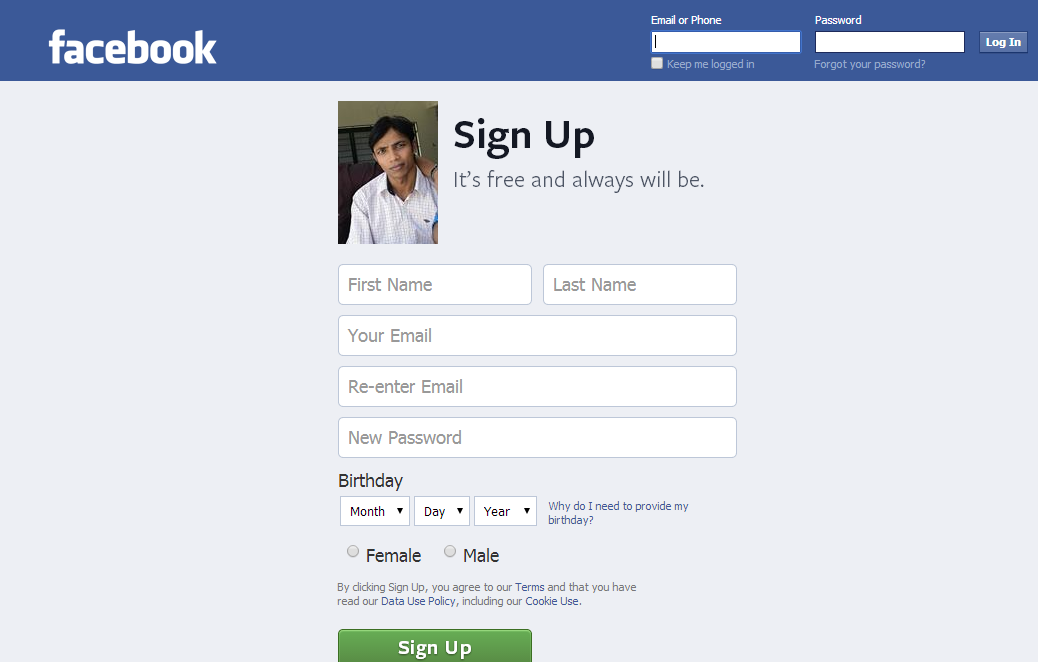We all know that the internet has been built upon the idea of openness. It allows people to connect, share and exchange information freely if the information is legal. Much of this because of Net Neutrality.
What Net Neutrality is
Net Neutrality is an idea that originated with telephone lines. In telephone lines, you can dial any number and connect to it. It does not matter that you are calling from operator A to operator B. It doesn't matter that you are calling to a saint or a murderer. The operator neither blocks access to that number nor delays the connecting with that number unless forced by law.
Net Neutrality works on the same concept.
Net Neutrality is generally construed to mean that ISPs (Internet Service Providers) must treat all internet traffic on an equal basis, no matter its type or origin of content or means used to transmit packets. All service providers should be able to deliver traffic from one point to another seamlessly, without any differentiation on speed, access or price. The principle simply means that all internet traffic should be treated equally.

Example to understand this: Suppose you buy a lollypop for some rupees but when you are just going to test it the shopkeeper says “Sorry! you can't test it, please pay some extra money to test it, the money that you already paid is only to keep the lollypop, not to test it”.

Status of Net Neutrality in India
Legally, the concept of Net Neutrality doesn't exist in India. But TRAI comes up with some rules regarding Net Neutrality several times. There have been some incidents of Indian ISPs ignoring the Net Neutrality. Examples:
Sources
www.google.com
www.thehindu.com
www.indianexpress.com
www.timesofindia.com
www.youtube.com/watch?v=mfY1NKrzqi0
http://www.c-sharpcorner.com/UploadFile/2cb323/introduction-of-net-neutrality/
What Net Neutrality is
Net Neutrality is an idea that originated with telephone lines. In telephone lines, you can dial any number and connect to it. It does not matter that you are calling from operator A to operator B. It doesn't matter that you are calling to a saint or a murderer. The operator neither blocks access to that number nor delays the connecting with that number unless forced by law.
Net Neutrality works on the same concept.
Net Neutrality is generally construed to mean that ISPs (Internet Service Providers) must treat all internet traffic on an equal basis, no matter its type or origin of content or means used to transmit packets. All service providers should be able to deliver traffic from one point to another seamlessly, without any differentiation on speed, access or price. The principle simply means that all internet traffic should be treated equally.
Problems without Net Neutrality
If there is no Net Neutrality, ISPs will have the power to shape internet traffic so that they can derive extra benefit from it as in the following:
If there is no Net Neutrality, ISPs will have the power to shape internet traffic so that they can derive extra benefit from it as in the following:
- Pay extra money to access any websites.
- Startup companies can't survive because all the leading companies pay ISPs to access their websites faster that can't be afforded by startup companies.
- Accessing speed for various websites is different.
- Possibility to charge extra money to enable faster access to the websites.
Example to understand this: Suppose you buy a lollypop for some rupees but when you are just going to test it the shopkeeper says “Sorry! you can't test it, please pay some extra money to test it, the money that you already paid is only to keep the lollypop, not to test it”.
Status of Net Neutrality in India
Legally, the concept of Net Neutrality doesn't exist in India. But TRAI comes up with some rules regarding Net Neutrality several times. There have been some incidents of Indian ISPs ignoring the Net Neutrality. Examples:
- Airtel Zero plan: Airtel Zero will allow users to access some apps for free (these being apps that have partnered with Airtel). So technically free comes at a cost, in this case for the companies involved.
- Facebook-reliance deal for internet.org: Facebook's idea with Internet.org is to provide free Internet access to those areas of the world where the facilities might not be available and to those who can't afford it. In theory this sounds like a benevolent scheme, except that the way it functions is a violation of Net Neutrality.
- Free WhatsApp and Facebook pack: Some of the leading telecom company offers unlimited free WhatsApp and Facebook. But if you try to access any other website's app you need to pay extra money. That break the law of Net Neutrality.
- No extra charges to access any website.
- Accessing speed for all websites are equal.
- Beneficial for Startup companies.
- There is no restriction to open any websites and so on
Sources
www.google.com
www.thehindu.com
www.indianexpress.com
www.timesofindia.com
www.youtube.com/watch?v=mfY1NKrzqi0
http://www.c-sharpcorner.com/UploadFile/2cb323/introduction-of-net-neutrality/




